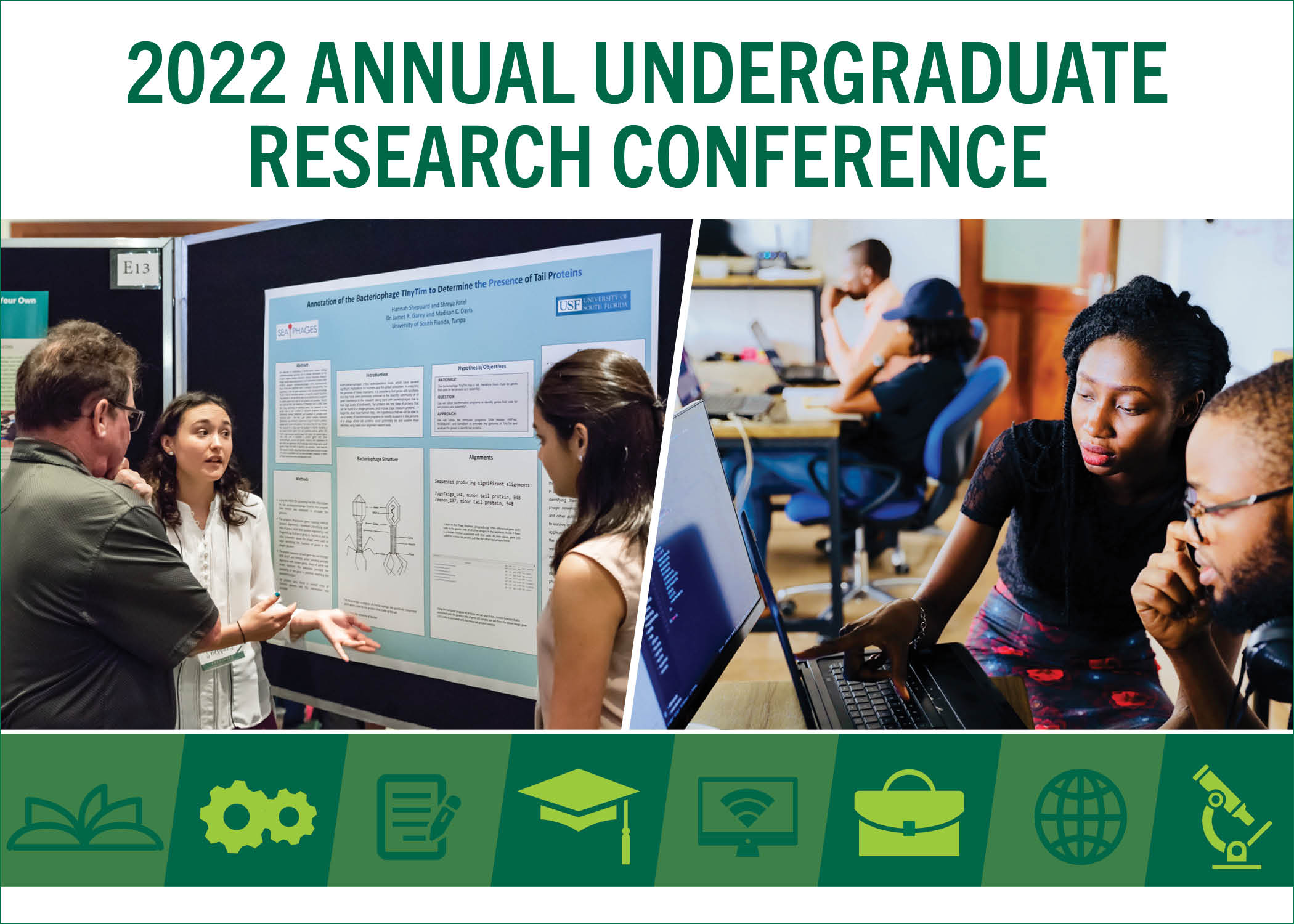Exploring Multiple Ways to Assess Young Children's Learning
Mentor Information
Jolyn Blank
Description
Observing, documenting, and assessing children's learning are essential processes teachers employ to plan effective instruction. According to the National Association for the Education of Young Children, teachers should utilize multiple forms of assessments strategically, in ongoing reflective and purposeful ways. The purpose of this study is to explore the multiple ways various assessments provide insights into what students know and can do. This study was conducted in a second-grade classroom that utilizes iReady, a tool that helps teachers plan instruction, set goals, and assess student progress based on results from individualized instruction assessments along with supports that learners need. In addition to examining iReady assessment, I utilized authentic assessments such as performance assessment and observation in the context of classroom activities. Data sources included students' work samples, anecdotal records developed from classroom observations, and audio/video recordings. I expect to illustrate the ways using multiple forms of assessment tools provides a clearer picture of student's capabilities. Better understanding of how to use a variety of assessment tools is critical for effective teaching.
Loading...
Please select your campus affiliation
Tampa
Exploring Multiple Ways to Assess Young Children's Learning
Observing, documenting, and assessing children's learning are essential processes teachers employ to plan effective instruction. According to the National Association for the Education of Young Children, teachers should utilize multiple forms of assessments strategically, in ongoing reflective and purposeful ways. The purpose of this study is to explore the multiple ways various assessments provide insights into what students know and can do. This study was conducted in a second-grade classroom that utilizes iReady, a tool that helps teachers plan instruction, set goals, and assess student progress based on results from individualized instruction assessments along with supports that learners need. In addition to examining iReady assessment, I utilized authentic assessments such as performance assessment and observation in the context of classroom activities. Data sources included students' work samples, anecdotal records developed from classroom observations, and audio/video recordings. I expect to illustrate the ways using multiple forms of assessment tools provides a clearer picture of student's capabilities. Better understanding of how to use a variety of assessment tools is critical for effective teaching.



Comments
Poster Presentation